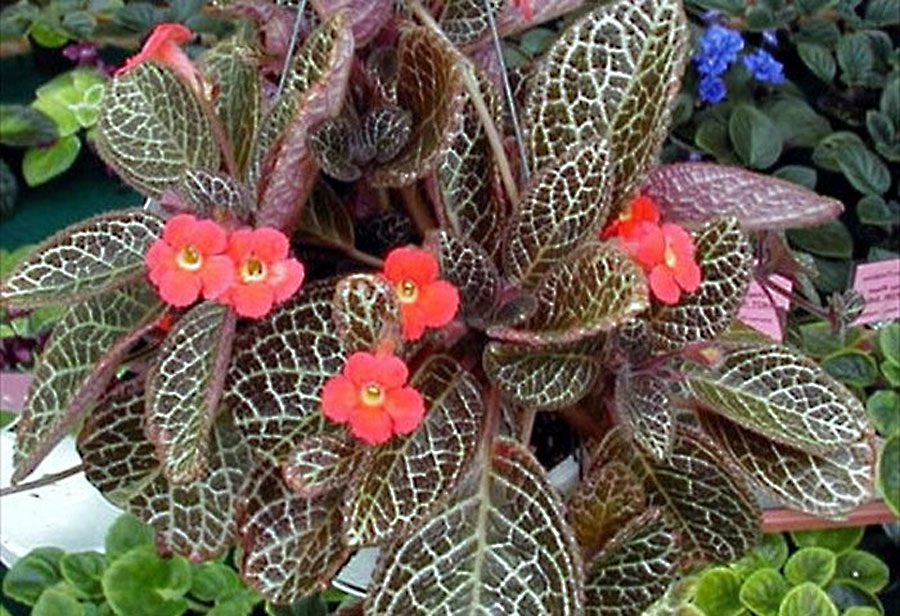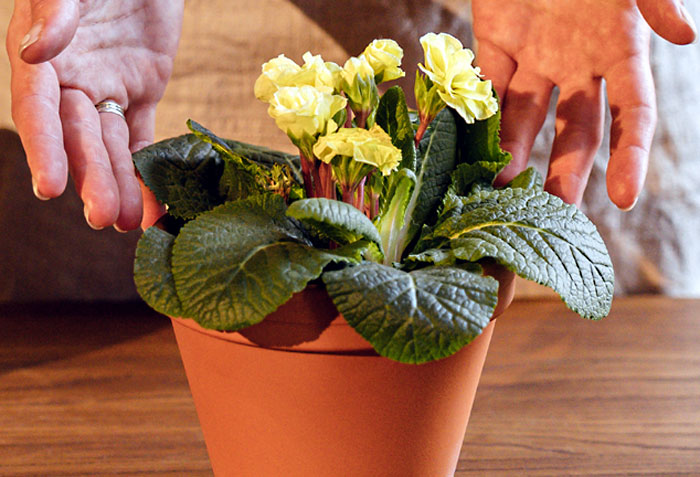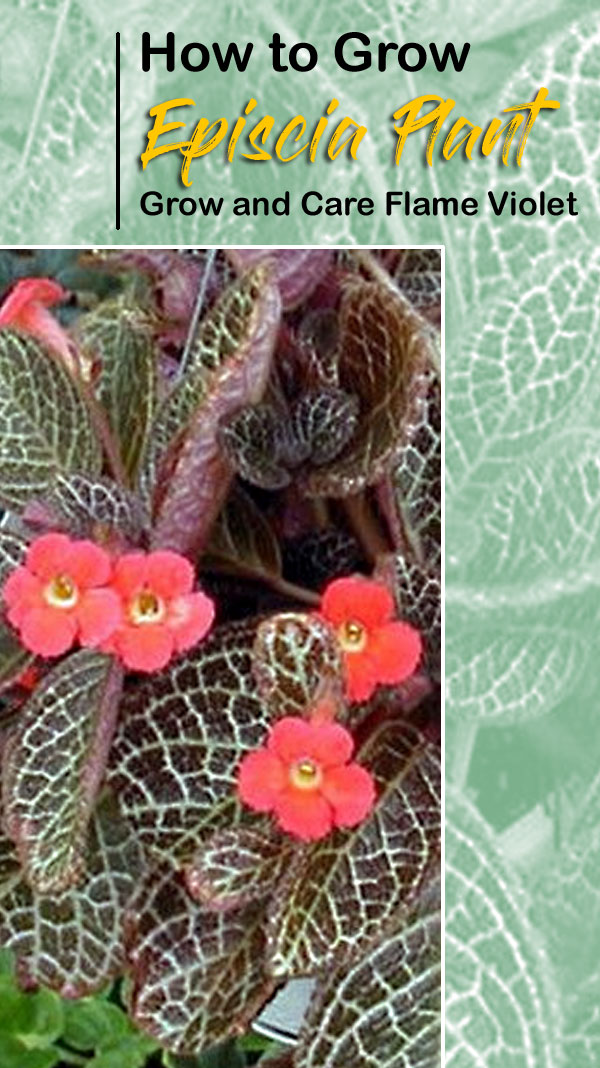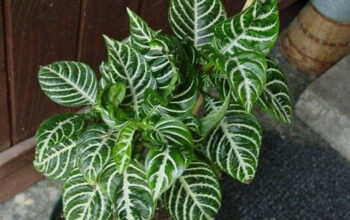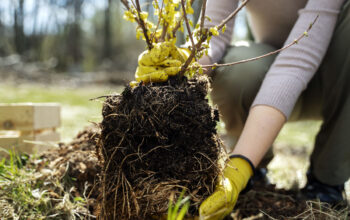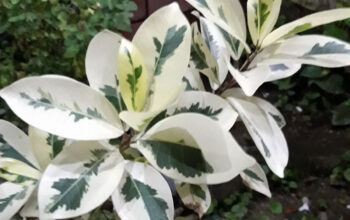Episcia Plant (Flame violet)
A type of African violet belonging to the family, Gesneriaceae, Episcia is a genus of flowering plants. It contains ten species that are native to the tropical regions of Central and South America. Episcia cupreata are perennial herbaceous plants characterized by a succulent habit and red, orange, pink, blue, or yellow flowers. The leaves are frequently patterned or shaped. Episcia plant is also known as flame violet.
The plants are popular as houseplants in the tropics and temperate regions due to their vibrant foliage. They reach about 6 inches in height. Leaves are oval-shaped, and this plant grows into a rosette between 2-3 inches wide. Read also.
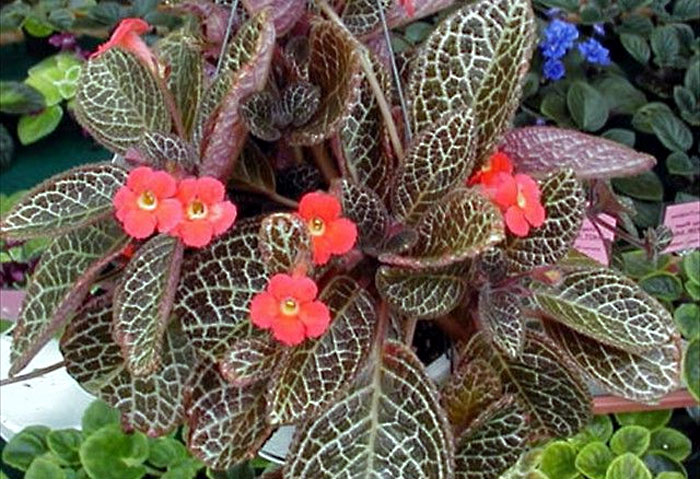
Overview of Episcia Plant
Scientific name Episcia cupreata
Common name Cleopatra Flame Violet, Episcia
Plant type Perennial plant
Sun Full sun or indirect light
Soil well-drained, spongy soil
Soil pH 6.0 to 6.5
Flower colors Red, Pink, purple, Orange, yellow or white
Blooming time Fall and spring
How to Grow and Care Episcia Plant:
In the autumn, episcias or flame violets go into semi-dormancy. These plants begin to come to life in December, and by February they are in full bloom. Make sure your plant is healthy by choosing a good growing medium.
Sunlight
It is best to place the episcia in an east, southeast, or partially shaded south window. Depending upon your intent, you can grow them either in a north window or under bright lights to perfection for foliage effect only. The right lighting will encourage blooms to develop on the flame violet. Make sure this plant receives at least 8 hours a day of bright, indirect light. Do not expose it directly to sunlight. Alternatively, fluorescent lighting can be used. Grow this houseplant under fluorescent lights for blooms by increasing the duration to 12 hours.
Soil
It is best to plant the flame violet plant in well-drained, spongy soil, such as those used for African violets, and place it in an area with high humidity. Flaming violets prefer soil enriched with humus or organic matter, just like their African violet cousins. For optimum results, one part leaf mold, one part peat moss, one part sand, and two parts loamy topsoil should be added. In addition, artificial mixes such as peat-vermiculite and peat-perlite can be used. Adding perlite to your soil will lighten it and make aeration and drainage easier. You can prepare a better drainage system by using half an inch of pot chard and equal portions of charcoal.
Watering
Provide a moderate amount of water, or enough to keep the top half-inch of soil moist at all times, for episcia that produce blue, magenta, or pink flowers. Other varieties should be allowed to dry a little between waterings.
Bottom watering enables plants to get the necessary moisture without harming their leaves. Put the potted flame violet plant in a plant saucer filled with water. Plants should be kept in water-filled saucers for at least 30 minutes to absorb all the water. If all of the water is absorbed before the 30-minute mark, more water may be added. Remove any excess water. Do this once or twice a month, according to the weather. Water your plants with warm to lukewarm water. A coldwater splash on leaves causes a light green discoloration known as ring-spot.
Temperature and Humidity
Cool temperatures are preferred by them, especially when they are blooming. The temperature should not be higher than 75°F during the day or lower than 55-65°F at night. A temperature below 60°F makes the leaves brittle and curled up, as well as deforms the flowers.
Growing Episcia Flames at levels above 50% humidity will produce the best results. When the air in your home is too dry, you can place your plant in a terrarium, kitchen, or bathroom to increase humidity. Avoid using a mister, as it will aggravate spotting and fungus. Alternatively, you can spread it out on a pebble tray, but make sure the pot sits on the pebbles and is not immersed in water.
Fertilizer
It needs small doses of fertilizer, especially during the summer. You should fertilize your plants at least twice a month with a water-soluble fertilizer, except during the winter. Do it when the soil is moist in order to avoid damaging the roots.
Pruning episcia cupreata
Plants like this don’t require much grooming. If you notice fallen leaves, dead or diseased parts of plants, remove them immediately. It is possible to prune it from time to time by removing the old leaves that have grown beyond its pot. This also encourages fresh blossoms to form.
Read also:
How to grow African violet. Boston fern growing and care tips. 8 ways to bring nature into your city homes. How to grow and care for Petunias. Kalanchoe plants growing and care tips. Delphinium plants growing and care tips. When and how to grow the Wisteria plant. Growing and care for Dieffenbachia houseplants. Persian shield plants growing and care tips. Gomphrena plants growing guide. Varieties of pepper plants. Foxtail fern growing guide. Growing Oregano in containers.
For pin

